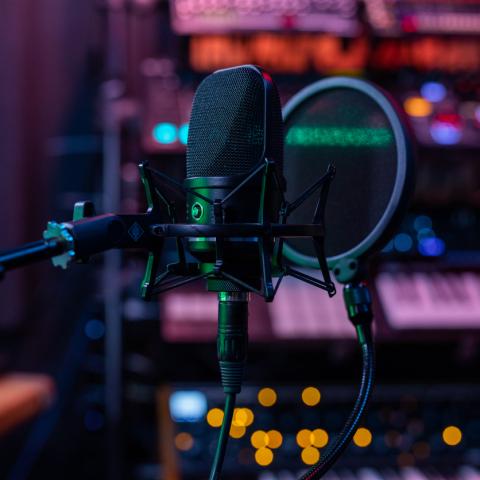Britain’s patience is wearing thin with the probate system

The Brits are known for willingly queuing, but their patience could be creeping to breaking point when it comes to negotiating through the legal system.
A report by the Law Society of England and Wales found a severe backlog in probate applications is having a detrimental effect on those who grieve the loss of their loved ones.
In 2016, before changes were made to the probate service to increase probate fees – in line with the value of the property left by an individual in their will - applications took, on average, seven to ten working weeks to process. The most recent data now shows this has increased to delays of more than 13 weeks.
The report found that the increased days mean “some families are forced to wait in limbo for over three months, as they manage the complex administration that follows the death of a family member”. Delays have also forced grieving clients to incur additional costs, such as unnecessary interest payments on outstanding inheritance tax. Many property transactions also fall through as a result.
The report said that “HMCTS must train staff to possess the required knowledge and level of expertise to handle both digital and paper applications”, with a priority to expand the digital service to ensure future online probate processes are user-friendly.
The same can be said for our criminal courts, with waiting times continuing to rise - leading to unacceptable delays for victims, witnesses, and defendants. The number of outstanding cases in the magistrates’ courts is almost 30,000 higher than a year ago and 60,000 since the pandemic.
The National Audit Office (NAO) produced a report on the courts and tribunals programme and found how both the Ministry of Justice and HM Courts & Tribunals Service were behind on delivering critical reforms to its services and that the roll-out of its digital case-management system had created extra problems for court staff working to address backlogs.
Speaking to our legal clients, the major issue remains the lack of digitisation in sections of our court system. In the probate system, for example, a large proportion of applications are still delivered by post. These are sent to one probate registry in Newcastle, which has a 21-week turnaround time. Mistakes or missing information in applications often mean cases are put on hold and seem to get lost in the system even when the correct information is provided. This isn’t helped by the Probate Registry asking that you wait 16 weeks before requesting updates.
This all seems archaic and a world away from the progress being made in parts of the legal corporate industry. Firms are using open-AI solutions, such as the technology developed between Microsoft and legal AI start-up Harvey, to draw on existing templates to draft contracts. Non-disclosure agreements or merger and acquisition terms, for example, can be automatically generated which lawyers can then accept or amend.
The University of Oxford recently undertook research to show how AI-assisted technology was being used by the legal profession. This showed that over a quarter of law firms were using AI for legal research, and 18 per cent for due diligence and contract and application analysis.
Today, the most common use of AI in the legal sector is to automate routine risk and compliance tasks, such as onboarding clients and to carry out administrative tasks, such as engaging with clients via chatbots which can expedite response times to client enquiries.
Other areas where AI is commonly used are in text generation for document drafting, responding to queries, analysing contracts, and predicting the outcome of a client’s case. The platform Robin AI claims it can reduce contract writing by 85 per cent.
This year, DLA Piper has teamed up with an artificial intelligence developer, to create a programme which reduces the time taken on a due diligence exercise by 80% per cent.
The administrative solutions to reducing the backlog seem clear. But for now, waiting times across our legal system continue to go in the wrong direction.









